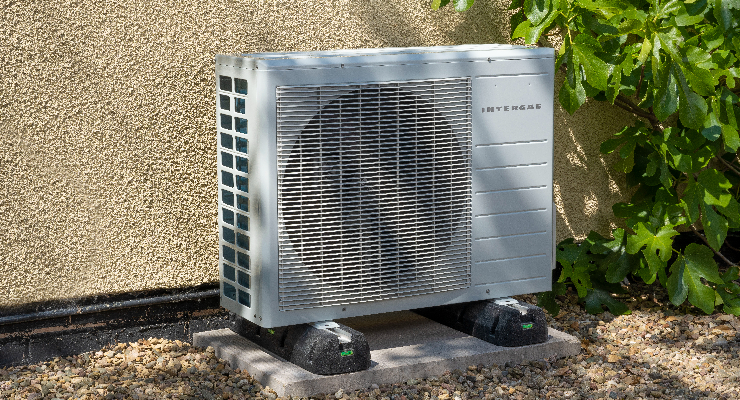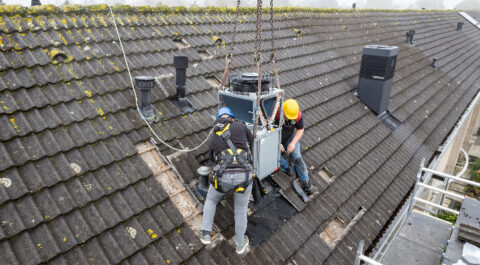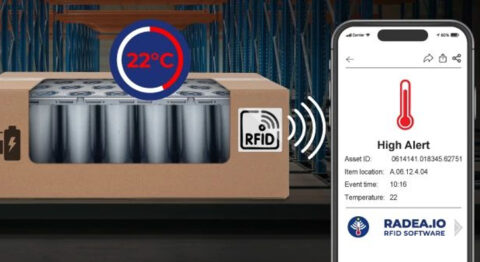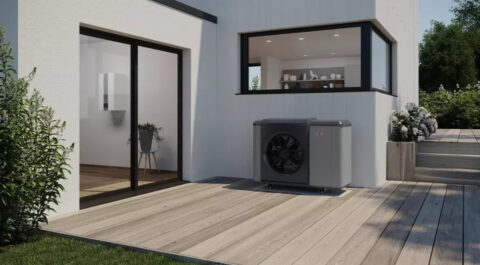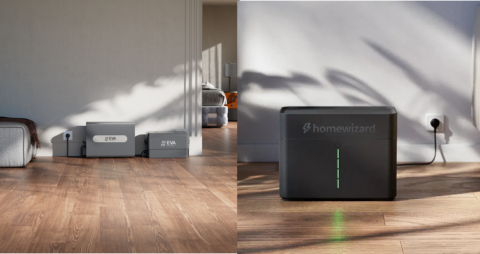It is common to install a buffer tank alongside a hybrid heat pump. The idea behind this is that a buffer tank increases the efficiency of the heat pump and also extends its lifespan. But research by Intergas shows that in many homes such a buffer tank is not needed at all. That makes the installation significantly cheaper.
This involves a parallel buffer tank, a thermal battery that, with an additional system pump, ensures that there is always sufficient flow. In addition, this buffer tank minimizes the on-time of the heat pump. Thus, it would ensure maximum efficiency of your heat pump and a longer lifespan because the heat pump does not have to constantly switch on and off (commute). Intergas has now analyzed the consumption data of more than a thousand of their installed Xtend hybrid heat pumps. Based on this, they conclude that in many cases a buffer tank is unnecessary.
Analysis of real-world data
Intergas monitors online the current data of all installed Xtend heat pumps. Practical data from more than a thousand units shows that there is no need for a parallel buffer tank as soon as the total volume of the delivery system (pipes and radiators) exceeds thirty liters and the flow (the amount of water flowing through the pipes and radiators) is at least 8.5 liters per minute. In practice, this means that a home with at least two radiators often already meets these conditions.
Own research
Based on this data, Intergas' R&D department began to investigate how they could use the findings. They compared the performance of a heat pump with buffer tank with a heat pump connected directly to the central heating system, i.e. without a buffer tank. In doing so, they measured the performance of different installations with and without a buffer tank at different temperatures and outputs. And the test results confirm the picture given by practical data: as long as enough water can flow through the delivery system, there is no need to install a parallel buffer tank.
Efficiency lower with buffer tank
When using a buffer tank, the power generated seems to increase slightly, but the power output remains almost the same. This means that the final efficiency is therefore lower than that of the installation without a buffer tank. Indeed, because the buffer tank is often not fully insulated, it actually acts as an extra radiator, emitting heat. Where necessary, however, a serial ballast tank can be chosen to increase the capacity of the system. In most cases, a 12- or 20-liter ballast vessel will suffice.
In addition, it is important to choose the right radiator valve: for stable operation of the system, the radiator in the living room (the room where the room thermostat hangs) should always be "open". The taps in the living room should have a capacity of at least 400 liters per hour.
From 25Hz to 15Hz
One of the findings from the study is that the Xtend will operate even more efficiently if the minimum power of the compressor in the outdoor unit is reduced to 15Hz, instead of the current level of 25Hz.
Intergas is currently preparing a software update that will allow the compressor output to be adjusted downward, including those models that have already been installed.

